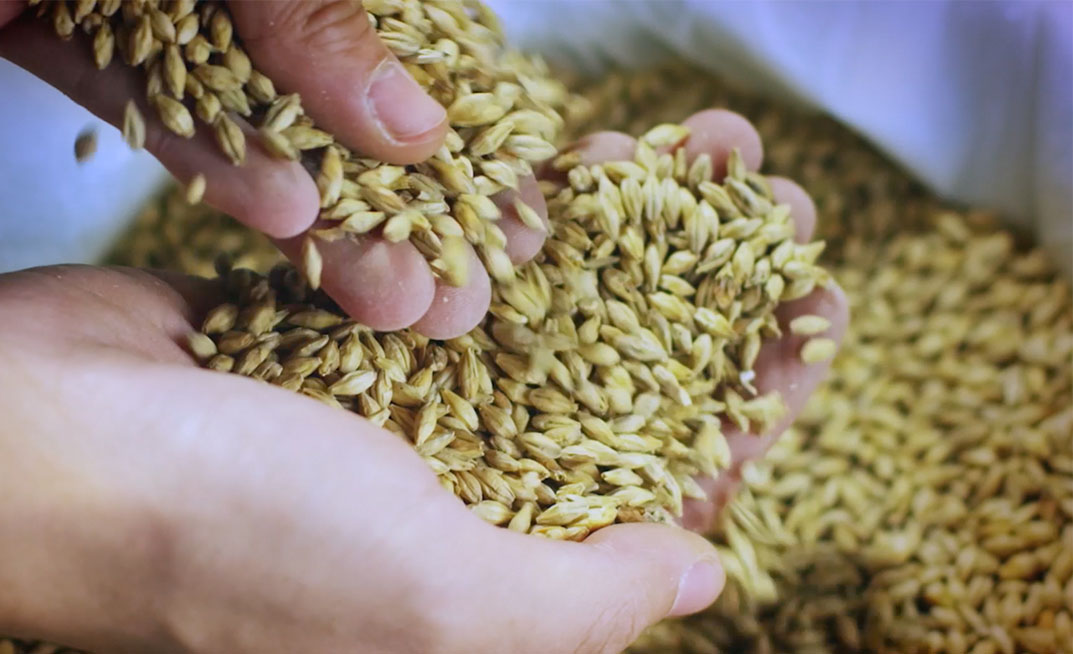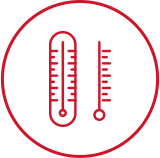
Ever wondered just how Jupiler became Belgium’s favourite beer? Well, the story begins in the Liège suburb of Jupille-sur-Meuse all the way back during the Industrial Revolution; it was here that the Piedbœufs founded the brewery in their name and created their first beer in 1853.

Jean-Théodore and his family started out making low fermented beers, reinvesting the profits into their brewing set-up in the heart of Jupille and refining their methods as they moved closer to the beer we enjoy today.
Fast-forward a century and Belgians are all about German beer. Looking to tap into their neighbours’ reputation for quality, the Piedbœufs borrowed from Germanic naming conventions which often played on the town or city where the beer was brewed.


In 1959 the Piedboeuf brewery launched Jupiler Urtyp, a name derived from Jupille-sur-Meuse. This new blonde beer was intended to compete with the popular German beers of the time…and compete it did!
Following on from the success of Urtyp, the brewery expanded to create Jupiler 5, so called because of its ABV percentage and number of ingredients, which launched in September 1966.
Its signature crisp taste and mellow flavours made Jupiler 5 an instant hit with Belgians. In the early 1970s, with people simply calling the beer ‘5’ and holding up as many fingers to order it in bars, the name was shortened to Jupiler.
The man who oversaw this success was Albert Van Damme, husband of Eugénie Piedbœuf and successor to Jean-Théodore, who arranged a secret merger between Jupiler-Piedbœuf and the Stella Artois brewery of Leuven in 1971.


At the time, Jupiler was challenging Stella Artois’ Belgian dominance, but when the merger that created Interbrew finally came to fruition sixteen years later, the roles had been reversed.
With the two joining forces, Jupiler expanded into The Netherlands where it became the fastest growing lager for ten years in a row. Among Van Damme’s many other contributions to Jupiler as we know it today is the iconic dancing bull in our logo, representing controlled power, dynamism and passion.
These days, Jupiler is part of the world’s largest brewer, AB InBev, and has expanded its range to offer alcohol free beer in Jupiler 0.0 and Jupiler kegs to enjoy in your own home via PerfectDraft. Now synonymous with Belgium itself, Jupiler contributes to Belgian life through our love of sport as sponsors of the Jupiler Pro League for over 30 years, as well as the Red Devils.

Over the last half a century, we’ve earned Belgians’ trust as the nation’s favourite beer but we’re not getting complacent; maintaining the family spirit we had when starting out over 150 years ago, we’ll keep on innovating and refining to stay Belgium’s #1.

Over the last half a century, we’ve earned Belgians’ trust as the nation’s favourite beer but we’re not getting complacent; maintaining the family spirit we had when starting out over 150 years ago, we’ll keep on innovating and refining to stay Belgium’s #1.
Jupiler is the most famous and popular beer in Belgium. This delicious lager is brewed with the finest ingredients using undisputed craftsmanship, ensuring an outstanding beer quality. Find out more about how we brew our beer and the high quality ingredients that go into it.
Jupiler is the most famous and most popular beer in Belgium. Our delicious lager is brewed with the finest ingredients and undisputed craftsmanship to ensure outstanding quality.

Water
The most important ingredient in beer! It contains all the right minerals that give our beer its distinct taste and can be fine tuned by the brewmaster thanks to modern technology.
Barley Malt
Provides the starch that’s converted to sugar and fermented into alcohol. Barley malt also contributes to the body, taste, colour and foam of the beer.
Maize
Ensures a crisp and refreshing finish every time.
Hops
Shape the flavour and aroma of the beer, as well as helping it stay fresh all year round.
Yeast
This is the beer’s soul. It produces the beer’s alcohol and CO2, as well as contributing to its aroma and flavour.
Since 1920, we've been investing in our technical systems and the skills of our brewery engineers to perfect our craft. These are the steps that transform three grains into the Belgium’s number 1 beer.














